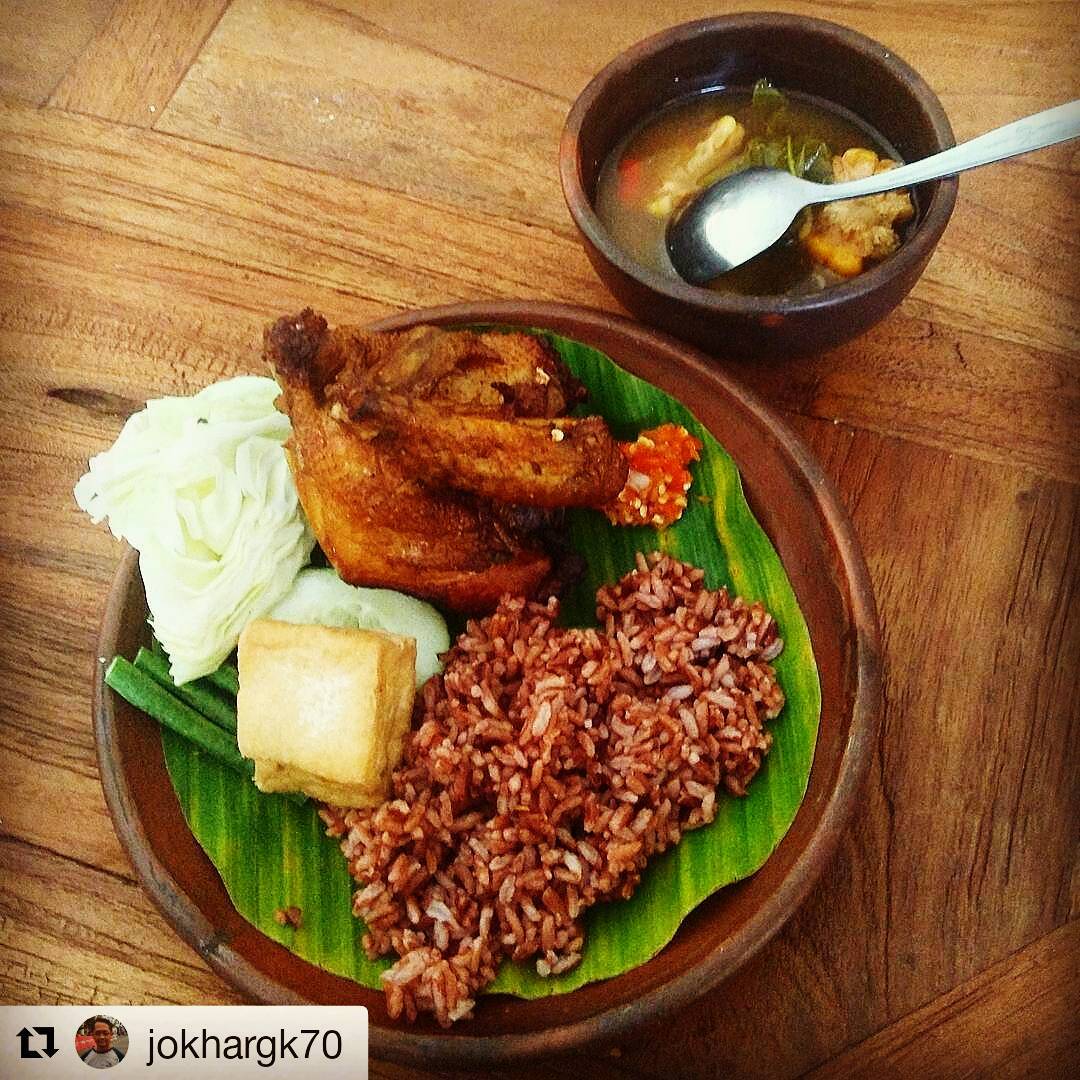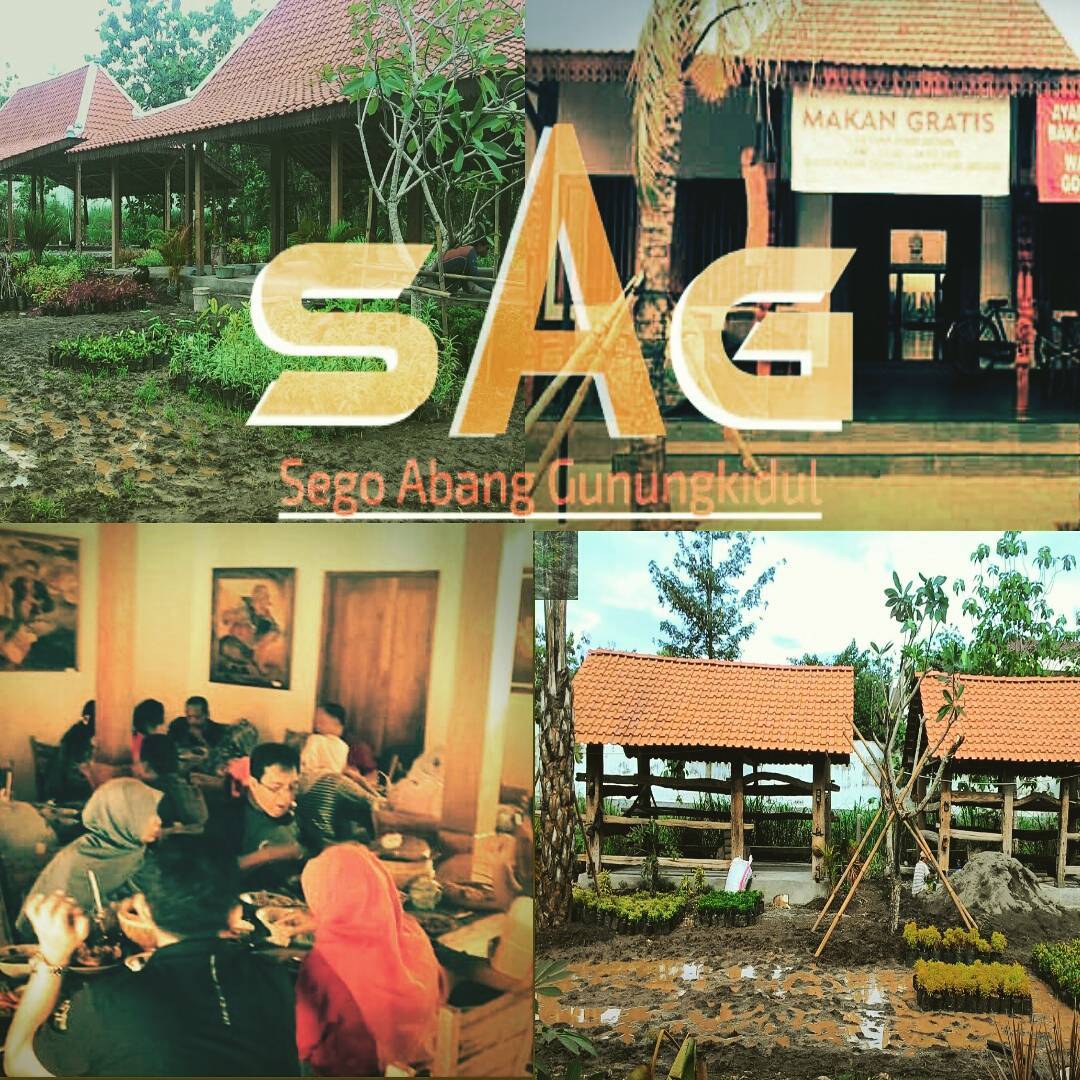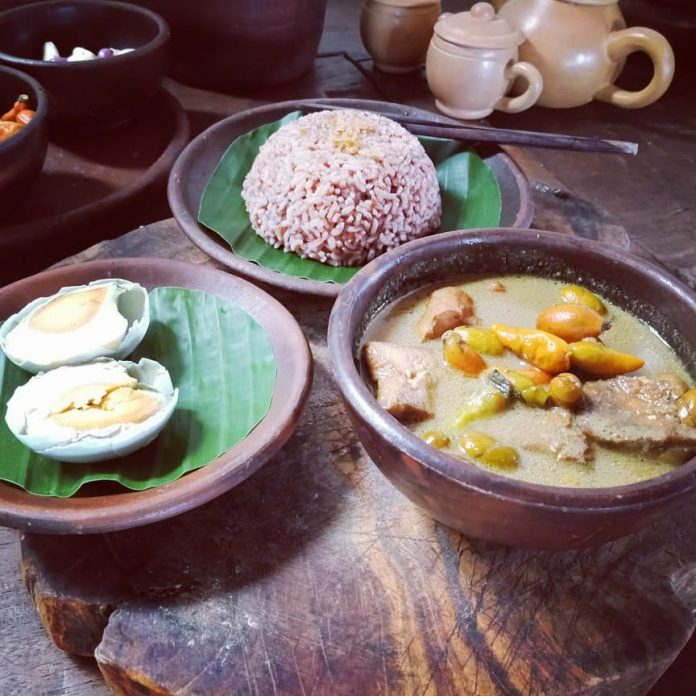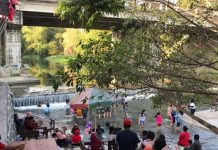What comes to mind when you hear the name Gunung Kidul? You will undoubtedly consider two options. The first is appealing tourist destinations, while the second is barren areas, rocky soil, and low rainfall. Gunung Kidul is a challenging area to grow plants in Yogyakarta, except for rainfed rice plants, which can thrive there.
Some types of rainfed rice that grow there produce red rice as a result of the geographical conditions. Although red rice is widely available on the market, Gunung Kidul red rice is unique.
This is why locals consider red rice as traditional Gunung Kidul food. The word “sego abang” originates from Java and means “red rice.” Since February 2017, this restaurant has been purposefully built and designed to be a culinary tourism destination. Gunung Kidul red rice has long been a favourite of tourists and locals visiting the island.
People from all walks of life like Nasi Sego because it is naturally red and has a unique flavor when it is cooked. In order to keep the quality of the rice, the traditional way is still used to harvest rice, process rice, and cook rice. To harvest rainfed rice, you cut the rice stalks into individual strands using an ani-ani. Ani-ani is a harvesting tool used to cut rice stalks one by one. This is done so that the rice doesn’t fall out too quickly. Then, the grains of rice that haven’t been separated from the stem are processed. The rice is then beaten to separate the grains from the husks.
After you have pounded the rice, you can measure out how much sego abang you want to make. Brown rice must be cooked on a clay stove with firewood. This is not up to chance. Before the rice can be cooked in a bamboo-woven steamer (soblok), it must be stirred.

This traditional way of cooking rice will not change the texture of the rice fibers or make the rice mushy so that the rice will be soft and tasty. This rice takes a long time to cook, unlike regular rice, which only takes half an hour. Before this traditional Gunung Kidul rice is ready to eat, it can take up to three-quarters of an hour.
Sayur lombok ijo (a vegetable whose main menu is green chili) are often served with Sego abang. This vegetable dish is made with green chili pieces and soy tempeh cooked in coconut milk. Not just any kind of tempeh was eaten with red rice. Instead, traditional tempeh was wrapped in teak or banana leaves.
In addition to sayur lombok ijo (vegetables), there are numerous variations to try, including oseng daun pepaya, pecel, sayur asem, and brongkos. Other processed chicken and fish side dishes include fried chicken bacem, liver gizzard, grilled chicken, and many more. The drinks menu is also extensive, with everything from fruit juices, wedang uwuh, wedang teh poci, coffee, and traditional jamu available for IDR 3,000-IDR 13,000.
The sauce is made with various spices, such as ginger, candlenut, shallot, and garlic, and it has a savory and spicy flavor. Another dish that goes well with red rice is fried wader fish, urap trancam, fried beef, and fried iso babat.
Besides various choices, this food stall offers buffet packages for IDR 25,000-Rp 45,000 per person and other foods ranging from IDR 35,000-Rp 40,000 for the traditional Gunung Kidul menu and IDR 5,000-Rp 40,000 for regular food. This traditional Gunung Kidul food stall is located on Jalan KRT Judodiningrat Siraman, Wonosari, Gunung Kidul and is open daily from 08.00-20.00 WIB. Don’t let this delicious culinary opportunity pass you by.





